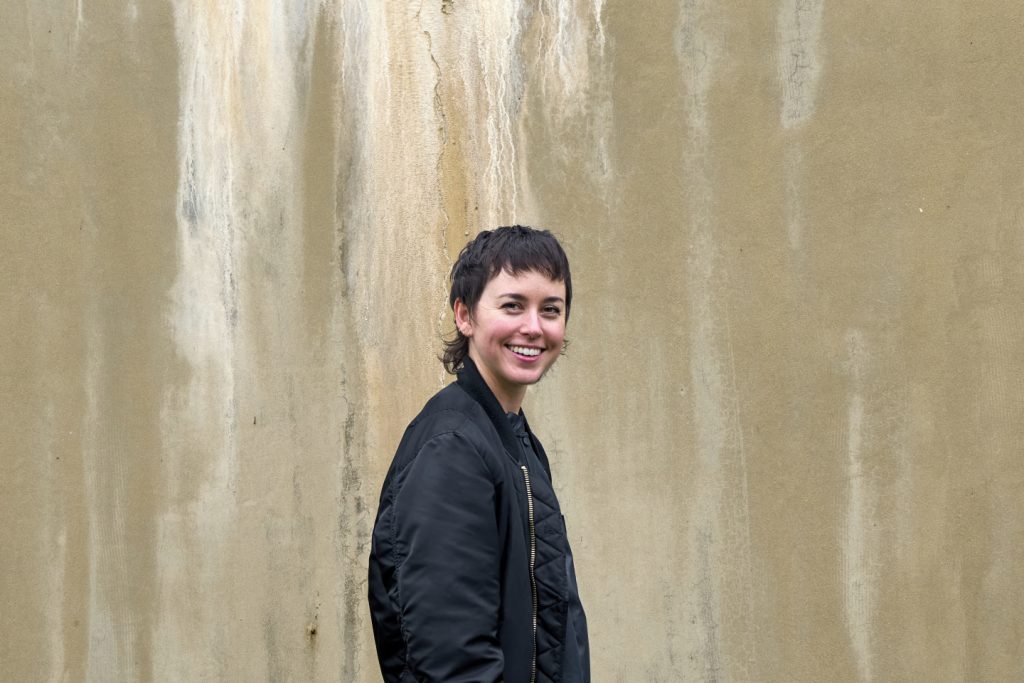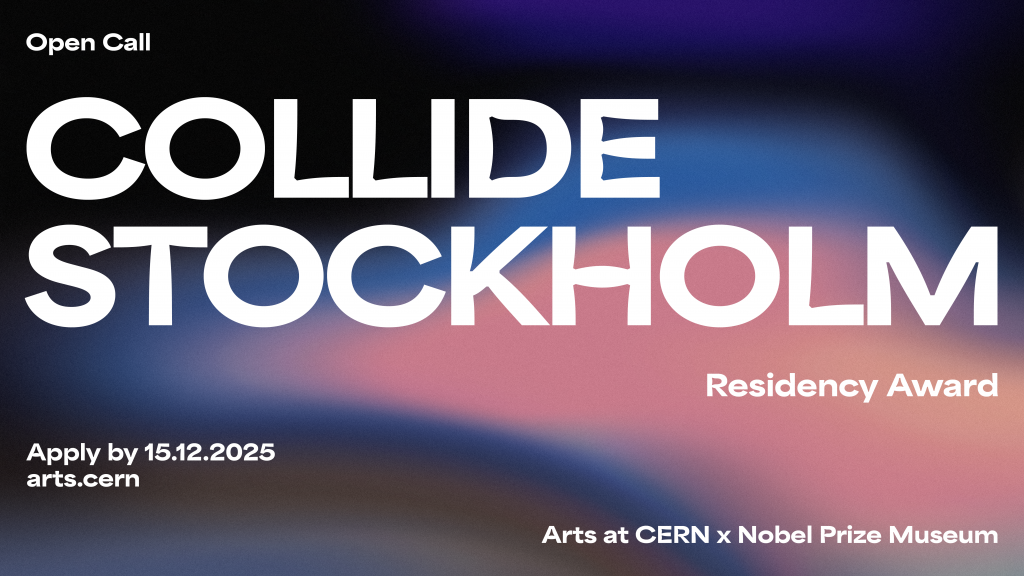- Tags
- Guest artist
- Author
- Ana Prendes
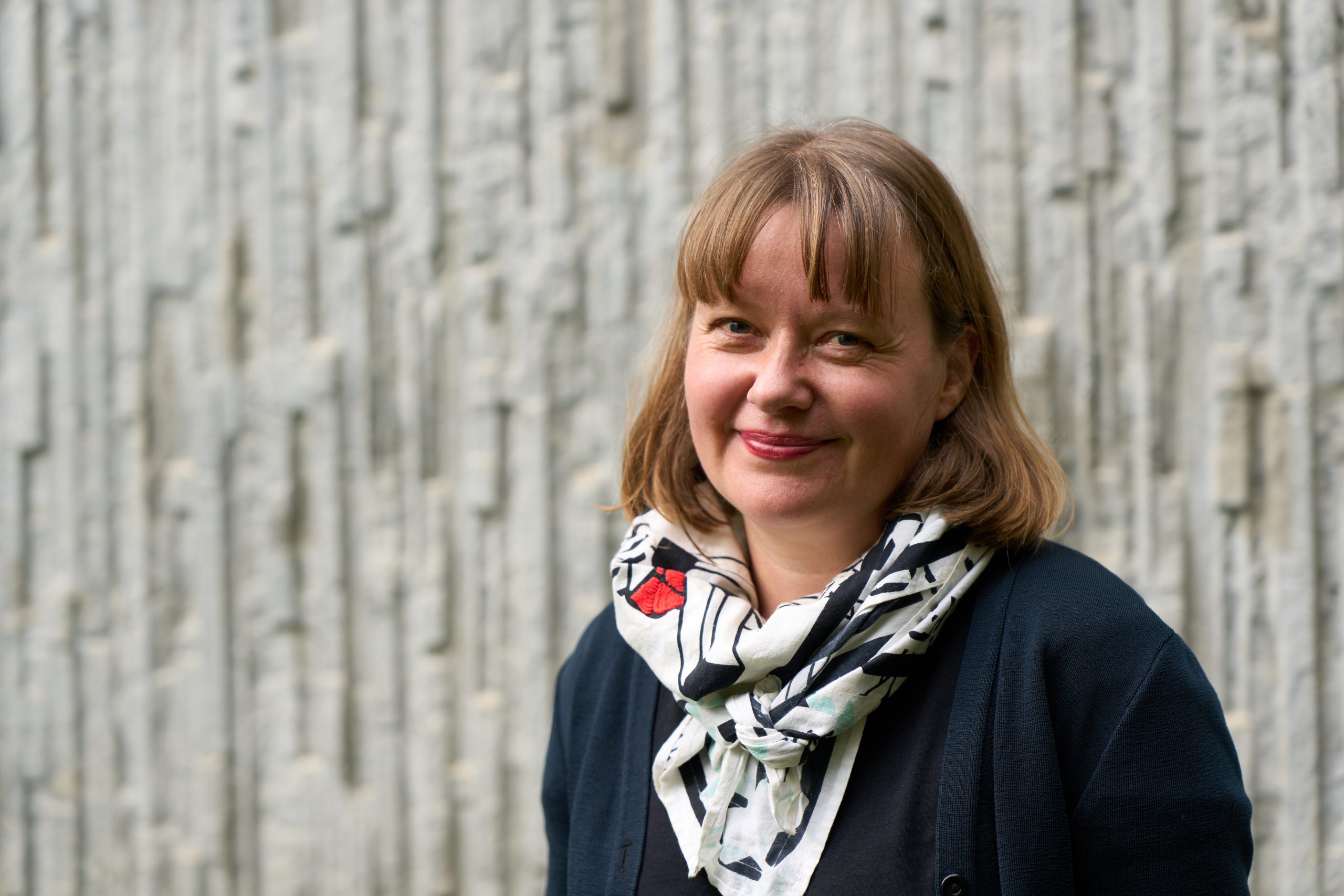
Merging weaving and generative algorithms, Debois Buhl’s new installation draws on CERN’s CLOUD Experiment and Mary Shelley’s Frankenstein as a framework for envisioning Earth’s climate futures through an artistic lens
‘My residency at CERN offered me a whole new perspective on how the infinitesimally small and the vastly large, from particles to galaxies, are interconnected across time and space. I was fascinated by how material work and theoretical inquiry intertwine in CERN’s experiments,’ reflects the Copenhagen-based artist after her recent stay at CERN.
Debois Buhl’s practice spans photography, weavings, installations, films, algorithmic pieces, and site-specific interventions. This body of work merges scientific, aesthetic, and speculative perspectives to foster an attentiveness to materiality and tell counter-histories. With Atmospheric Omens, she builds on her longstanding interest in meteorological and astronomical phenomena, as well as image-making as a tool in artistic and scientific investigations. This inquiry led her to CERN’s CLOUD Experiment, the first to use a high-energy physics accelerator for atmospheric and climate research.
I was fascinated by how material work and theoretical inquiry intertwine in CERN’s experiments
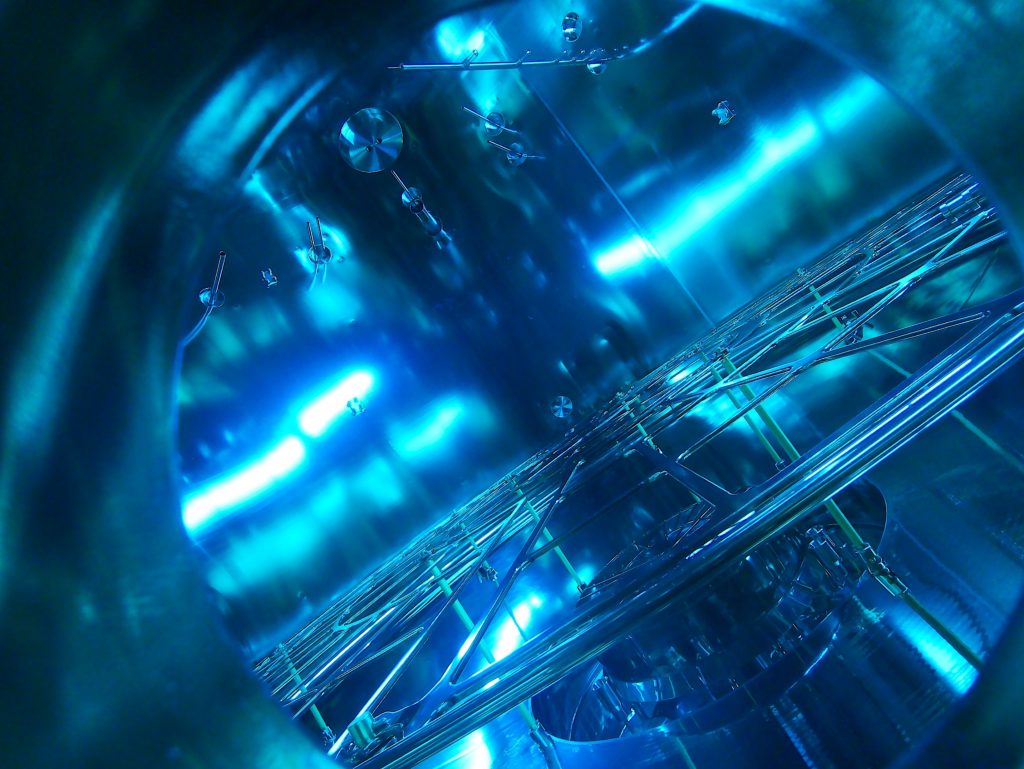
In the experiment, a particle beam from the Proton Synchrotron simulates cosmic rays, the charged particles from space that strike the Earth’s atmosphere. Scientists study how these rays, as well as human activity, might influence cloud formation. Clouds play a crucial role in Earth’s energy balance; even minor shifts in cloud cover can significantly impact the climate.
The experiment’s specialised chamber enables precise studies of these atmospheric interactions, shedding light on how cosmic rays might drive aerosol generation, alter cloud dynamics, and ultimately shape climate patterns. Buhl’s engagement with CLOUD researchers gave her deep insights into their experimental methods, various visualisation tools, and scientific imagery, elements that will be woven into the installation.
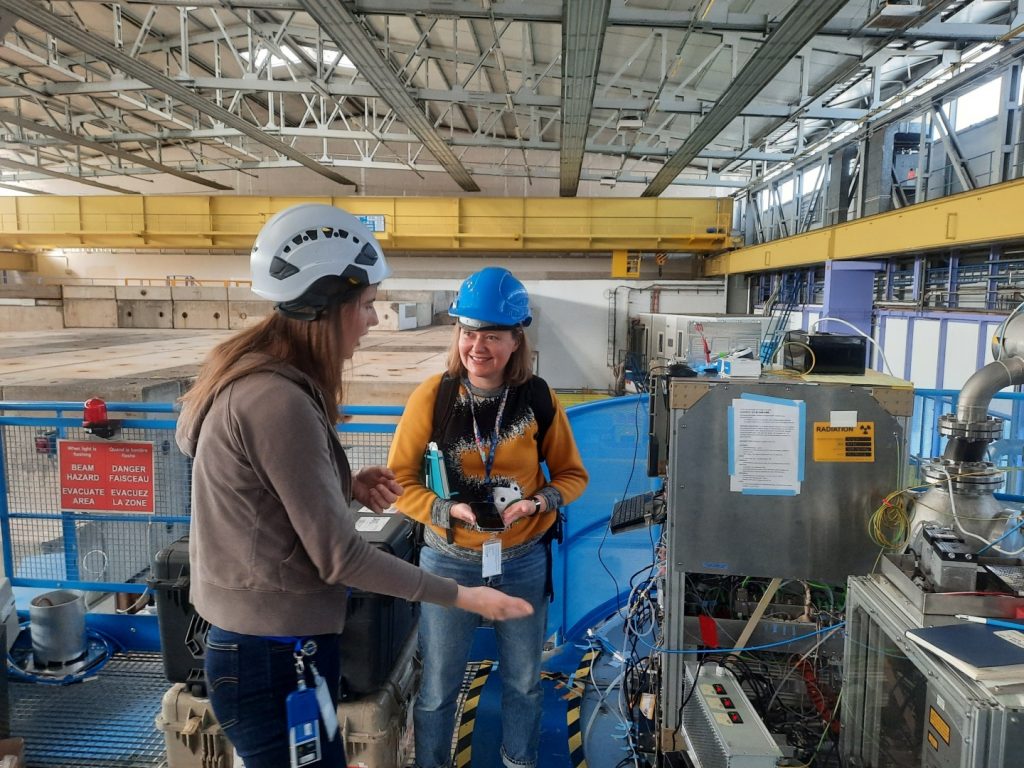
In Atmospheric Omens, Debois Buhl links the science of CLOUD with Mary Shelley’s Frankenstein. Shelley wrote her novel near Lake Geneva, close to CERN, during the ‘Year without a Summer’ in 1816. This climate anomaly was caused by the eruption of Mount Tambora in Indonesia. Clouds of volcanic ash spread across the globe, bringing record-cold temperatures, dark skies, and torrential rains to Europe, Asia, and North America. Against this eerie backdrop, Shelley created what many now regard as the first science fiction novel. The story blends scientific ambition with a stark reminder of nature’s power, which resonates in Victor Frankenstein’s attempt to control life and death.
In Frankenstein, there’s a sense of uncertainty that likely mirrors how Shelley felt about the strange weather she was experiencing while writing her novel – a feeling that feels especially relevant today
‘When you read Frankenstein, so much resonates with the present moment,’ Buhl reflects. ‘We don’t know what the future holds for our climate. In Frankenstein, there’s a sense of uncertainty that likely mirrors how Shelley felt about the strange weather she experienced while writing her novel, a feeling that feels especially relevant today.’

I invite the viewer to time-travel with me: from Shelley’s 1816, shaped by unique meteorological events, to our present, where scientists examine humanity’s impact on climate and its future
Within this speculative framework, Buhl will weave climate science, literature, and artistic exploration into a multimedia installation. Atmospheric Omens will feature weavings and generative algorithms that continuously interlace imagery from the CLOUD Experiment, photographs of Lake Geneva, and textual fragments from Frankenstein where the protagonist reflects on the weather, mirroring the interplay of external climate and inner emotional states.
For Debois Buhl, the process remains intentionally experimental, allowing her generative algorithm to form text-image constellations beyond her control. ‘I don’t have a fixed idea of how everything will look; it’s an evolving process shaped by encounters and materials gathered along the way. I hope the viewer will time-travel with me: from Shelley’s 1816, shaped by its particular meteorological events, to our present, where scientists investigate human impact on the climate and its futures,’ Buhl concludes.
Nanna Debois Buhl’s stay was supported by Copenhagen Contemporary, where Atmospheric Omens will premiere in an exhibition in 2025.

